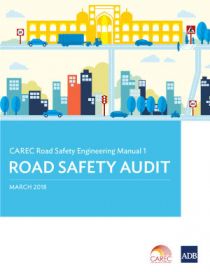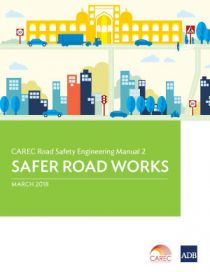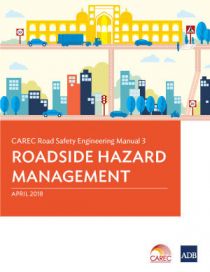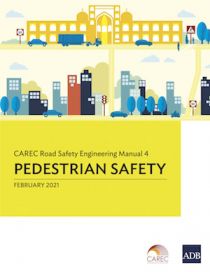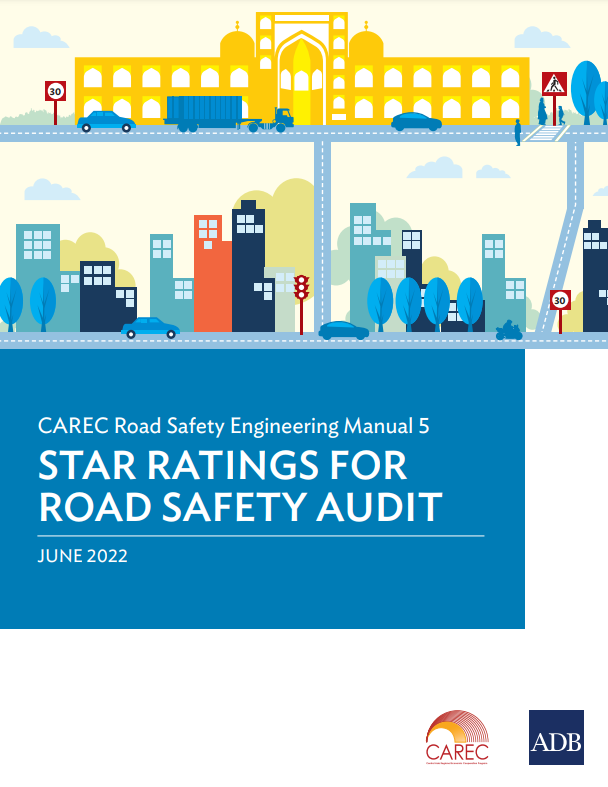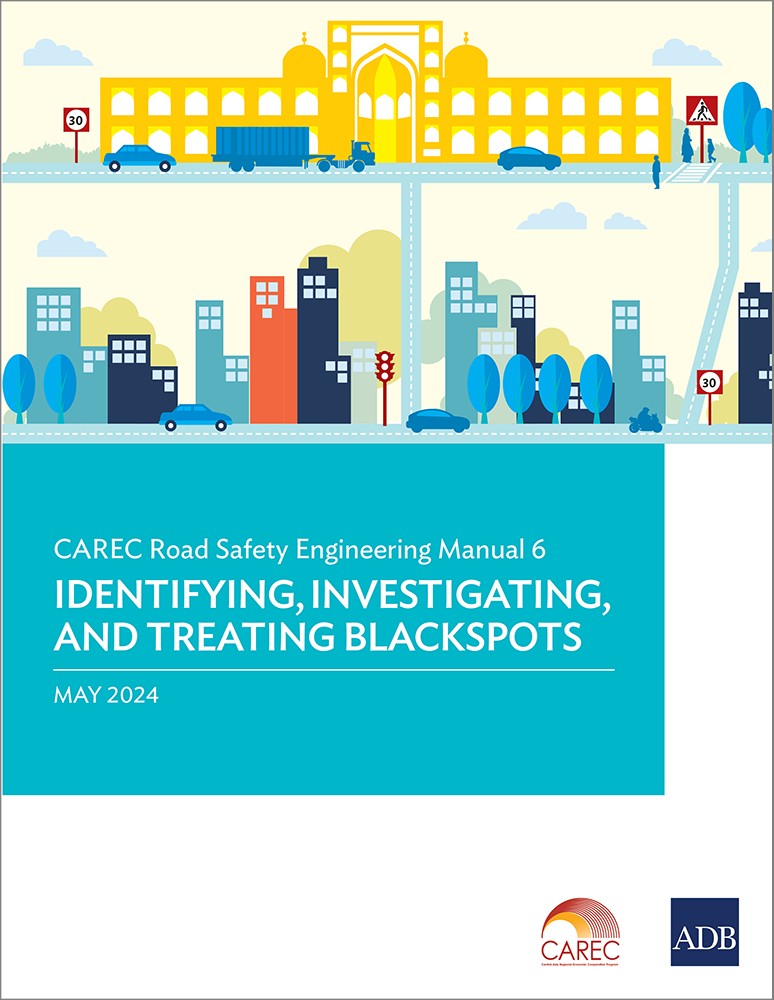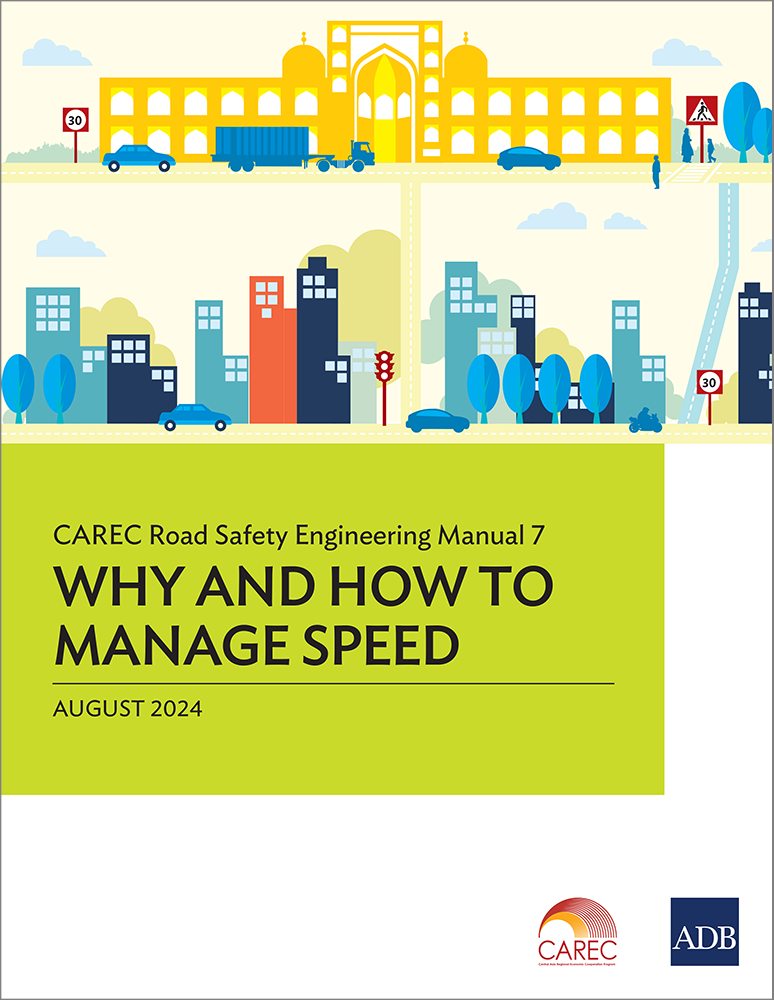CAREC Road Safety Engineering Manuals
CAREC countries continue to operationalize the Road Safety Strategy. There are currently seven CAREC Road Safety Engineering Manuals developed and published so far (i) Manual 1: Road Safety Audit; (ii) Manual 2: Safer Road Works; (iii) Manual 3: Roadside Hazard Management; (iv) Manual 4: Pedestrian Safety; (v) Star Ratings for Road Safety Audit; (vi) Identifying, Investigating, and Treating Blackspots; and (vii) Why and How to Manage Speed. Except for the first 3 manuals which are available in four languages (English, Russian, Mongolian and Mandarin), the rest of the manuals are currently published in two languages (English and Russian), Below are links to the manuals and videos (where available) for reference:
This system, Star Ratings for Road Safety Audits, will help policy makers and practitioners involved in designing, upgrading, and rehabilitating roads to meet safety targets and reduce injuries from traffic accidents. It combines road safety audits (RSA) and the International Road Assessment Programme (iRAP) methodology referred to as Star Ratings for Road Safety Audits (SR4RSA). This manual also introduces the concept of situational scrutiny, which refers to the process of bringing RSA knowledge and experience to the application of the iRAP methodology.
This manual is a practical point of reference for removing high-frequency crash locations from roads in CAREC countries. The manual shows how to identify blackspots, crash patterns, and contributing factors, and how to assess which blackspots removal programs should prioritize. It includes case studies on proven ways of reducing crashes and highlights the importance of crash data. It shows how investing in addressing blackspots can save lives, prevent injuries, and return major economic benefits to CAREC countries.
Reducing travel speeds by 10 km/h on roads in Central Asia Regional Economic Cooperation (CAREC) countries would halve crash deaths and would also reduce the considerable economic cost of accidents. The manual summarizes evidence to help stakeholders in the CAREC region improve speed management. It looks at how road design, vehicle technology, and user behavior affect accidents and outlines potential interventions.

